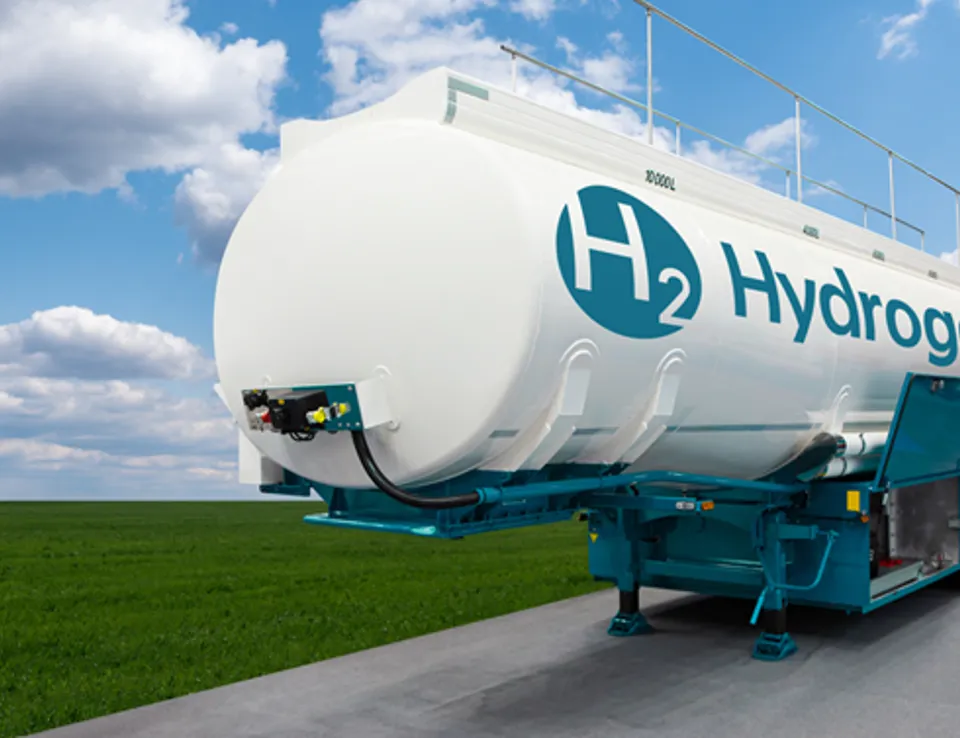
The Safety Challenge of Achieving Net Zero
12 Jun 2024
It is often the case that modifications to training schedules or the introduction of new content is required following major or critical incidents locally, regionally, or in some instances, internationally. As the Fire and Rescue Service respond to the impacts of climate change – whether that be through dealing with an increase in floods, wildfires, alternative fuel vehicles or battery energy storage systems – personnel will require contemporary, realistic, and relevant training and resources to address these new challenges.
On 27th June 2019, the UK Government officially set a target to achieve net-zero greenhouse gas emissions by 2050, becoming the first major economy to legislate a net-zero target. This strategy, which aims to achieve carbon neutrality, will have implications for those relied upon to respond to incidents. While it is impossible to predict the exact impact as policies and strategies may evolve over time, there are some predictable areas which could be influenced such as equipment and vehicles, energy efficiency and emissions reduction, training, and the use of technological advancements.
It is often extremely difficult to anticipate certain incident types, and this could not be more applicable now due to such rapid technological advancements. If Fire and Rescue Service personnel are to continue to be prepared for the incidents presented to them, they will need to be well trained to ensure a safe and effective response. To deliver this, we need to see close collaboration and coordination between key stakeholders: strong working relationships amongst emergency services, government agencies, local authorities, academia, energy providers, local communities, and private sector organisations will enable joint planning, exercising, sharing of information data and resources to create safer communities and responders alike.
As the providers of the National Chemical Emergency Centre on behalf of the UK Government Department for Transport, we have noticed an increase in battery related incidents over recent months. You don’t have to scroll through social media for long to see another incident caused by a malfunctioning lithium-ion fuelled device. While there is still no clear stand-alone solution for dealing with such incidents, organisations are working hard to come up with viable tactical options.
 |
||
| A lithium-ion fueled fire appliance, on show at Interschutz 2022. |
Alternative fuels are a high priority for achieving our net-zero targets, and there is rightly a lot of emphasis on developing the required skills to respond to such incidents. However, it is only through high quality training which enables practice, that experience and therefore competence is developed, making anticipation an even more important phase of integrated emergency management as it buys times for this activity.
Whilst it is imperative that organisations focus on developing responders to deal with the current spate of battery related incidents, there must also be a focus on what’s just around the corner – methanol related incidents, for example, as an increasing number of organisations look to use it as a blend with diesel for greater efficiency; or, the wider use of hydrogen, whether that’s as a blend in mains gas in industry, or as a fuel for vehicles.
The Government set net-zero targets, and we now work towards these, the role of the firefighter is changing – as many more incidents now directly involve hazardous materials. The additional resource challenge highlights futher highlights the importance of cross-sector collaboration, but also the competency and capability challenge, key to both responder safety and efficacy to ensure they are equipped, trained, and prepared to respond.





 Follow Ricardo Chemical Solutions for regular updates
Follow Ricardo Chemical Solutions for regular updates





